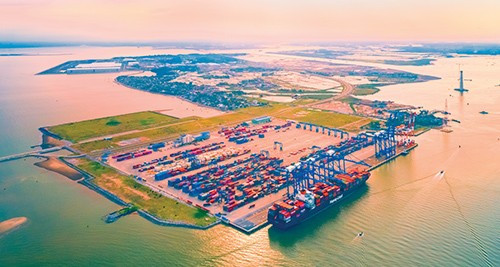
A dismal painting
A research group from the Vietnam Institute for Economic and Policy Research, the National Economic University, Hanoi released a report evaluating the pandemic COVID-19’s impacts on the economy and suggesting policies to deal with by conducting a survey of 510 enterprises and gave out three scenarios. It is predicted there will be negative growth for the second quarter, no matter what scenario it is. If the pandemic is controlled in the country in around the middle of May and economic activities are blooming back as normal, the growth of the second quarter will be -3.3%. For the two other scenarios, the worst impacts from the pandemic of COVID-19 will happen in the second and third quarters, GDP growth of the second quarter will be -4.9% to - 5.1%.
And also according the research group, the fields of transport- warehousing, together with services of hospitality, arts- entertainment, suffered the most with the growth rate reducing 20% to 50%, or even 25% - 70%. With the scenario that the pandemic ends at the end of June 2020, Vietnam’s export value estimatedly reduced 25% in the second quarter and slows down to 15% in the following quarters of 2020. Similarly, local trade value also reduces 30%. The fields of tourism and hospitality will suffer with estimation of 30% - 40% reduction in the number of guests, sales will estimatedly reduce 40%, the number of job reduces 30% - 40%. The fields of trade and services will experience changes when health care service and vital services increase 20% - 40%. These predictions result in the reduction of 20% - 30% in the sectors of transport and logistics.
Actually, at the end of February 2020, transport enterprises have experienced difficulties due to the reduction of orders. The situation that goods has been difficultly consumed and kept in warehouses for a long time surely damages the sectors of transport and logistics. According to a report from the Vietnam Digital Agriculture Association, in the beginning of April 2020, enterprise members of the Association belonging to group of agricultural production, processing, trade and export has 48,200 tons of inventory and 10,000 tons of fertilizers. The most inventory is coffee, pepper and cashew- 43,000 tons- the loss values estimatedly is VND 50bn. Material wood and wood finished products suffered the most damaged with the loss of VND 260bn.
Recently, the Vietnam Logistics Business Association has conducted a survey on difficulties enterprises are dealing with. According to VLA’s reports, there is 15% of enterprises having 50% of turnover decreased compared to that of 2019 and over %50 of enterprises experiencing their local and international logistics services reduced from 10% - 30% year-over-year.
Logistics in difficult time
In the Report Evaluating Influence of the Pandemic of COVID-19 to Vietnam’s socio-economic developments by the Ministry of Planning and Investment, there is a content evaluating impacts from the pandemic to the transport sector. In the scenario that the pandemic ends in the second quarter, value added of the transport and warehouse is only 5.1% in the first quarter and 6% in the second quarter. Air transport surely suffered from impacts. All airliners cancels flights to China, Korea and Hong Kong, having limited flights to infected area. The cancel of all flights between Vietnam and China from the evening of February 1st resulted in 80 flights daily canceled. Airline assisting services as air management service, airport service also have influences. Besides, cargo transport fees are higher than usual.

Road and railroad transport also experience damages due to the decrease in the number of guests. From April, 2020, implementing the Instruction no.16 from the Prime Minister on social distancing, only a couple of trains SE3/ SE4 have operated on Hanoi-HCMC route. The railroad sector use cargo trains to transport and order online. When the amount of cargo decreased due to the decrease in road transport demand of around 30%, it is hard to find transport providers for cross-border road transport. Gateways to China have frequently overloaded due to longer time doing complicated import-export procedures.
Maritime activities are not better. In the first quarter of 2020, the amount of cargo through ports estimatedly was around 16.6m tons, equally 96% of that year-overyear last year. At the same time in 2019, some main ports experienced the decrease of cargo through port. For example, Hai Phong only reached 75%, Saigon, 85%. Transported shipment of Vinalines reduced seriously, only about 4.7m tons- equally 84% year-over-year in 2019. Local container cargo of the North-South route by Vosco decreased badly from 20% - 30% in the direction from Hai Phong to Saigon. In the second quarter of 2020, maritime service activities will suffer from impacts when main products as textile, footwear, and furniture which account for 60% - 70% of exported goods will decrease from 30% - 50% due to decreasing demand in Europe and America. Cargo consolidated from other ports to Cai Mep- Thi Vai to export to markets of America and Europe decreased 30% - 40% resulting in a number of feeder vessels in shortage of cargo. Liners as ONE, HMM and others mainly from China, Korea, and Japan decreased the number of their vessels on all routes.
There is only a way to overcome difficulties
As a model of dealing with the pandemic, the railway sector has increased services of cargo shipment instead of transporting passengers. Beside luggage, postal parcel and express delivery for online shopping that are carried along by passenger trains, there have been more trains with shorter time travelling thanks to losing no time for stop. Input materials as apatite and output products as fertilizers and chemical by the Vietnam National Chemical Group have been transported by railroad. Besides, weekly international reefer container trains transporting dragon fruits from Dong Dang Station to Ping Xiang Station, China came to operation in February 2020 with the stable amount of cargo- a package logistics transport product- opening the direction for official export of fruits and frozen agricultural products to China and then to Central Asia and Europe.

Actually, in all forms of logistics services, industrial property as warehouses, cold warehouse has experienced growth regardless of the pandemic. Niche markets in the field of industrial property are said to have benefits from impacts from the pandemic. The increase of consumption and the growth of multi-channel retail delivery form of fresh foods will boost up the need for hiring cold warehouse systems in years to come. However, in the situation that the outbreak helps increase sales of online selling and boost up forms of multi-channel retail, the modifying of warehouses in and around big city is necessary for unexpectedly sharp increase of final-stage delivery.
Difficulties of logistics enterprises, especially smallsized ones, have been recorded. Suggestions helping them overcome difficulties from associations and enterprises have been submitted to authorities of all levels. The remaining matters are their own persistence and flexibility to deal with problems. To enterprises of right stuff, time of difficulties is also an opportunity to change themselves, to restructure and to make good use of digital technology to make great changes in productivity and capacity.



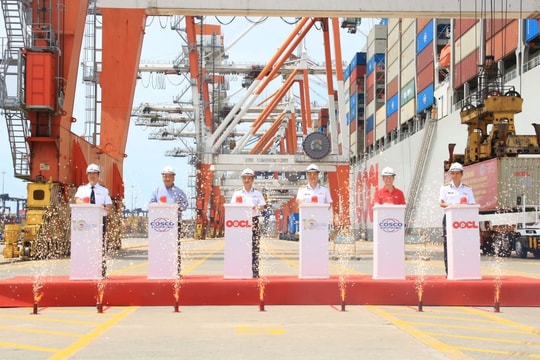





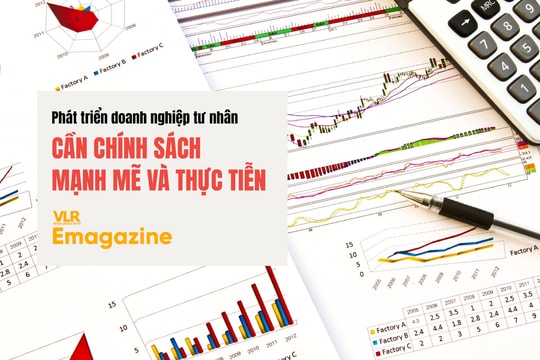
.jpg)
.jpg)
.jpg)


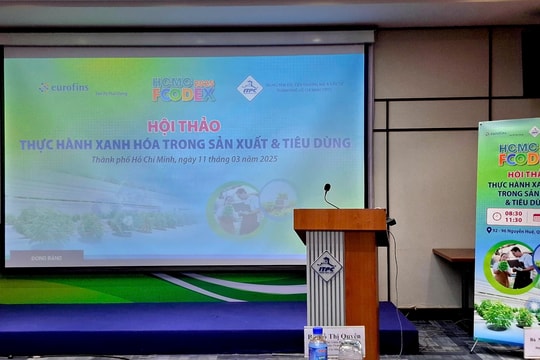
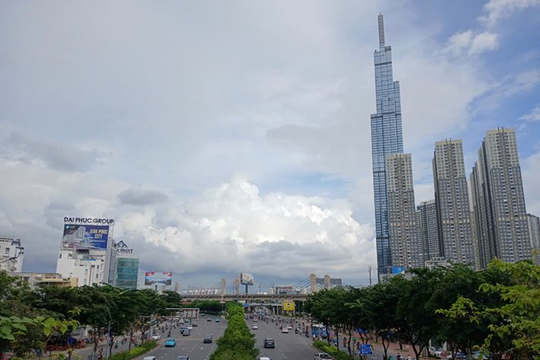

.jpg)

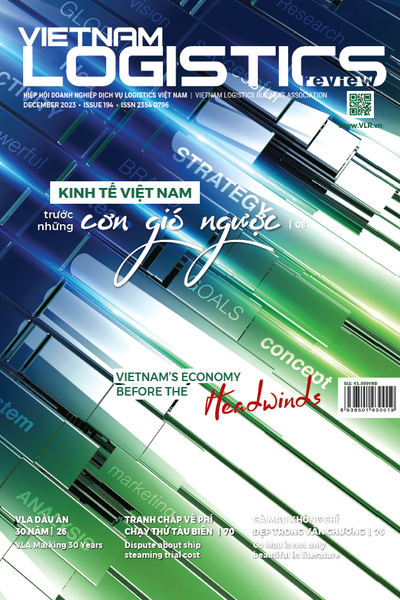

.png)